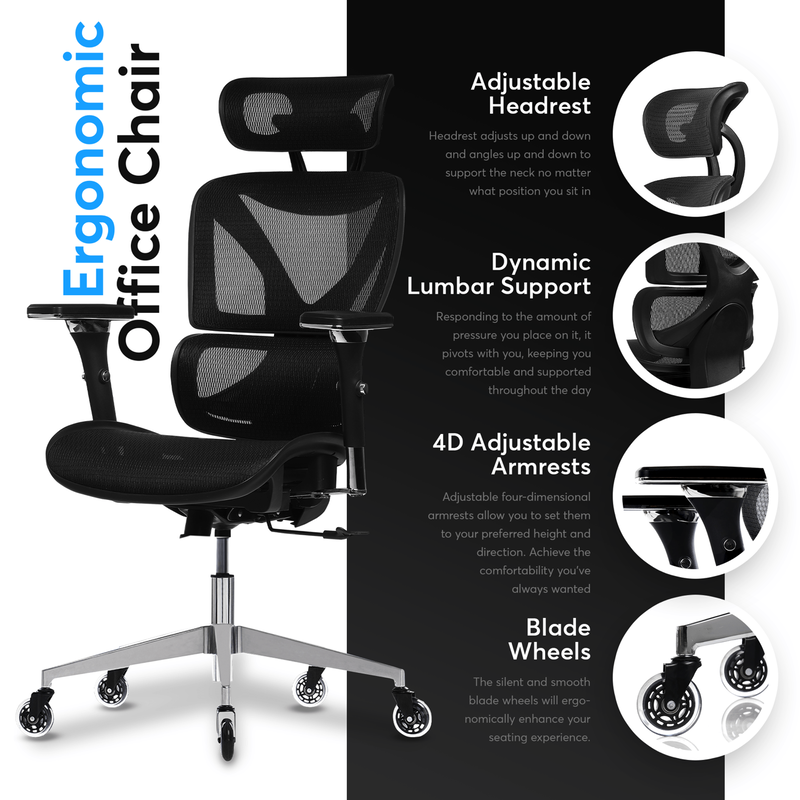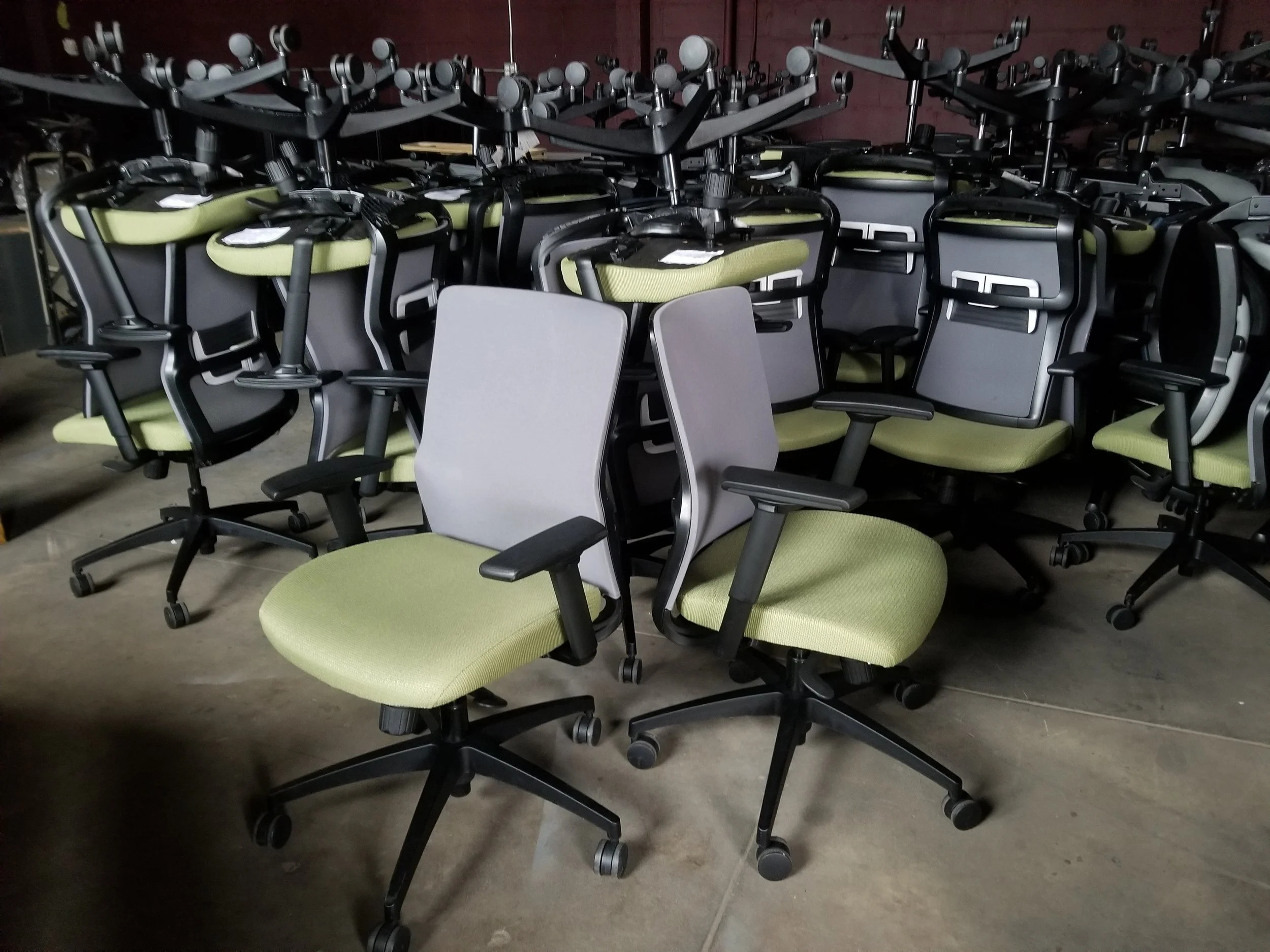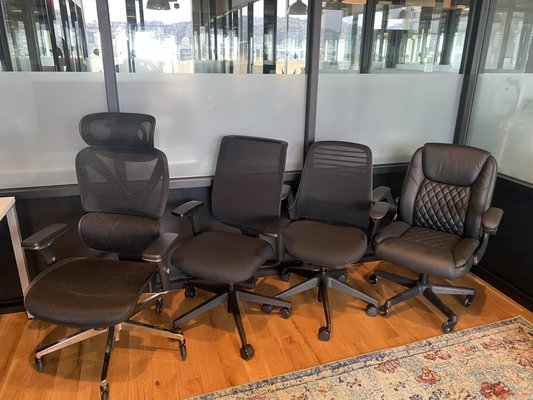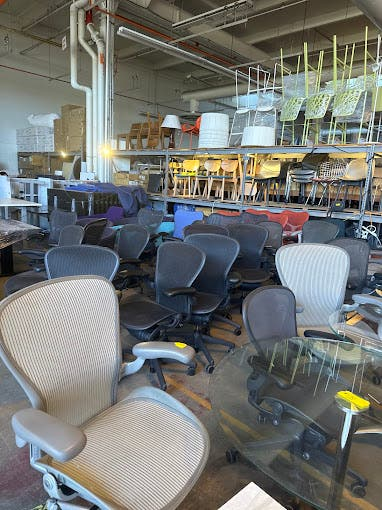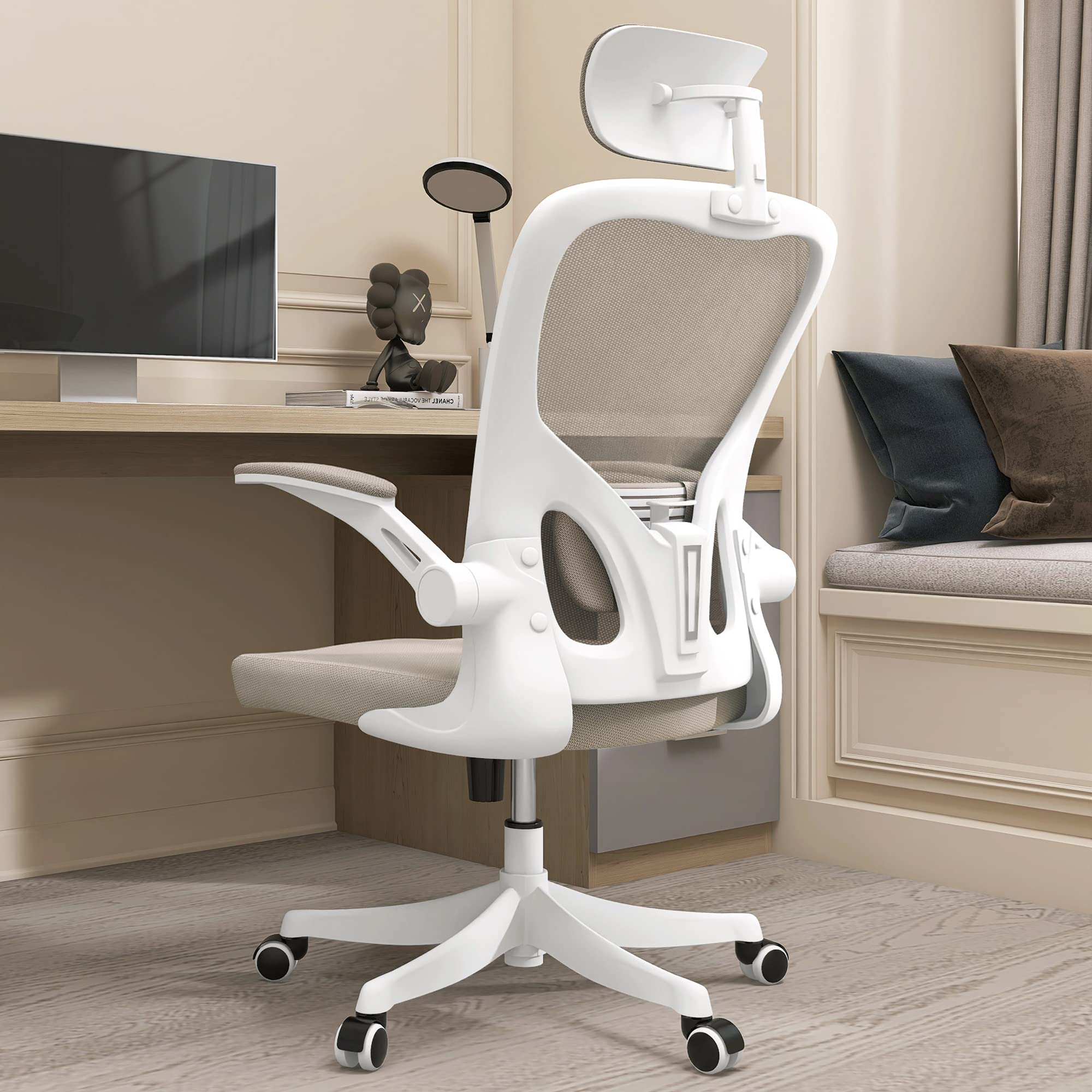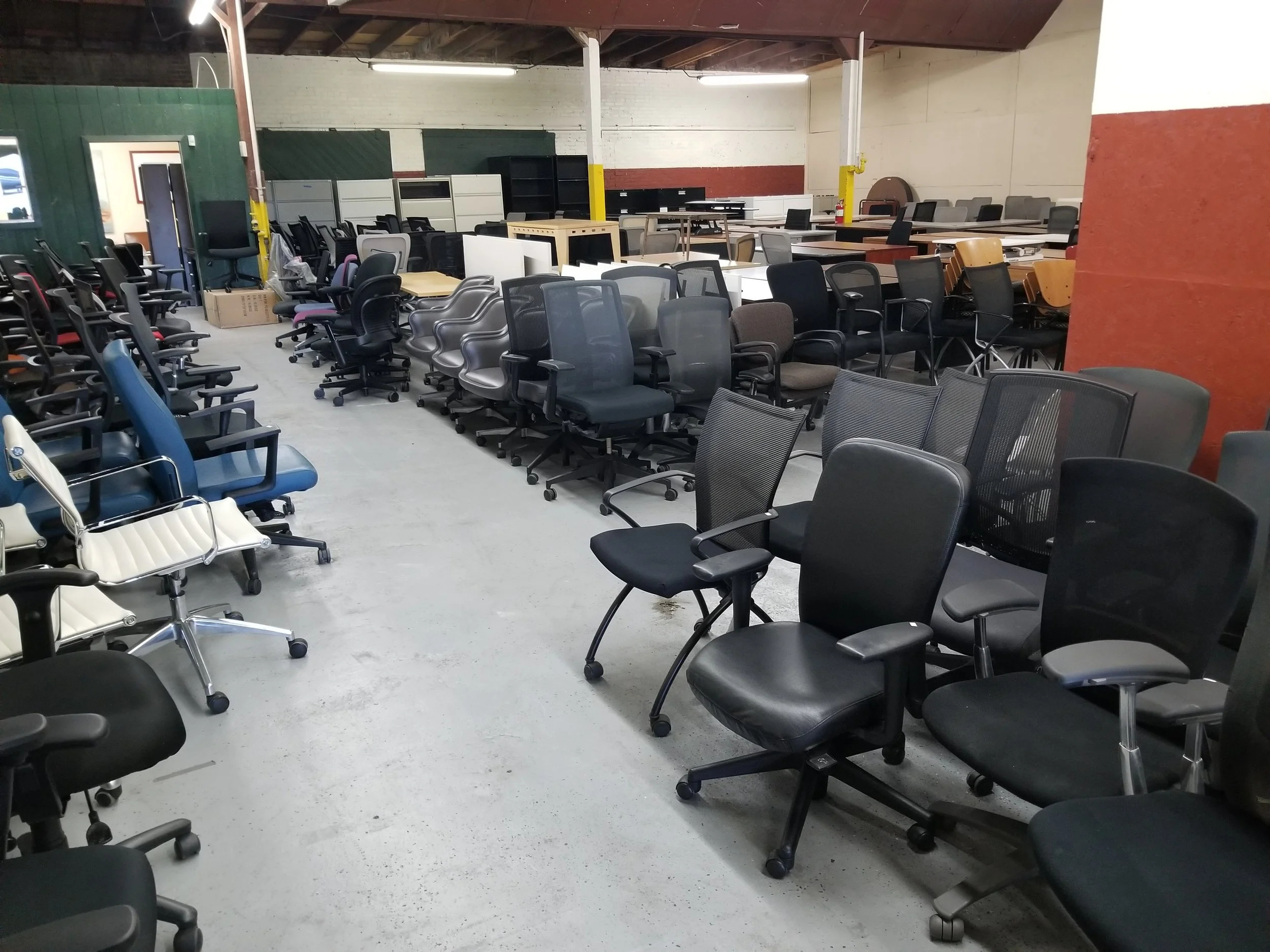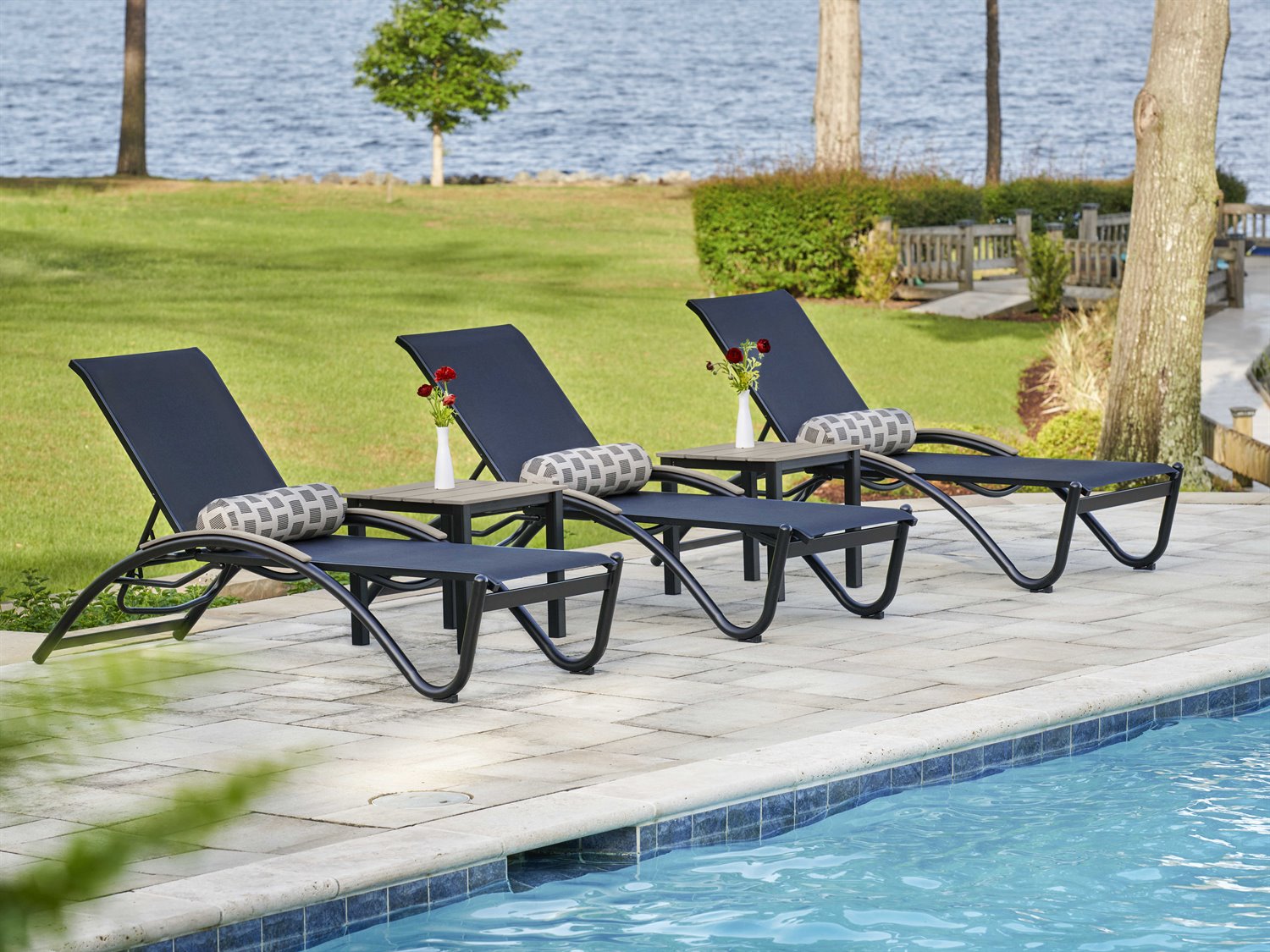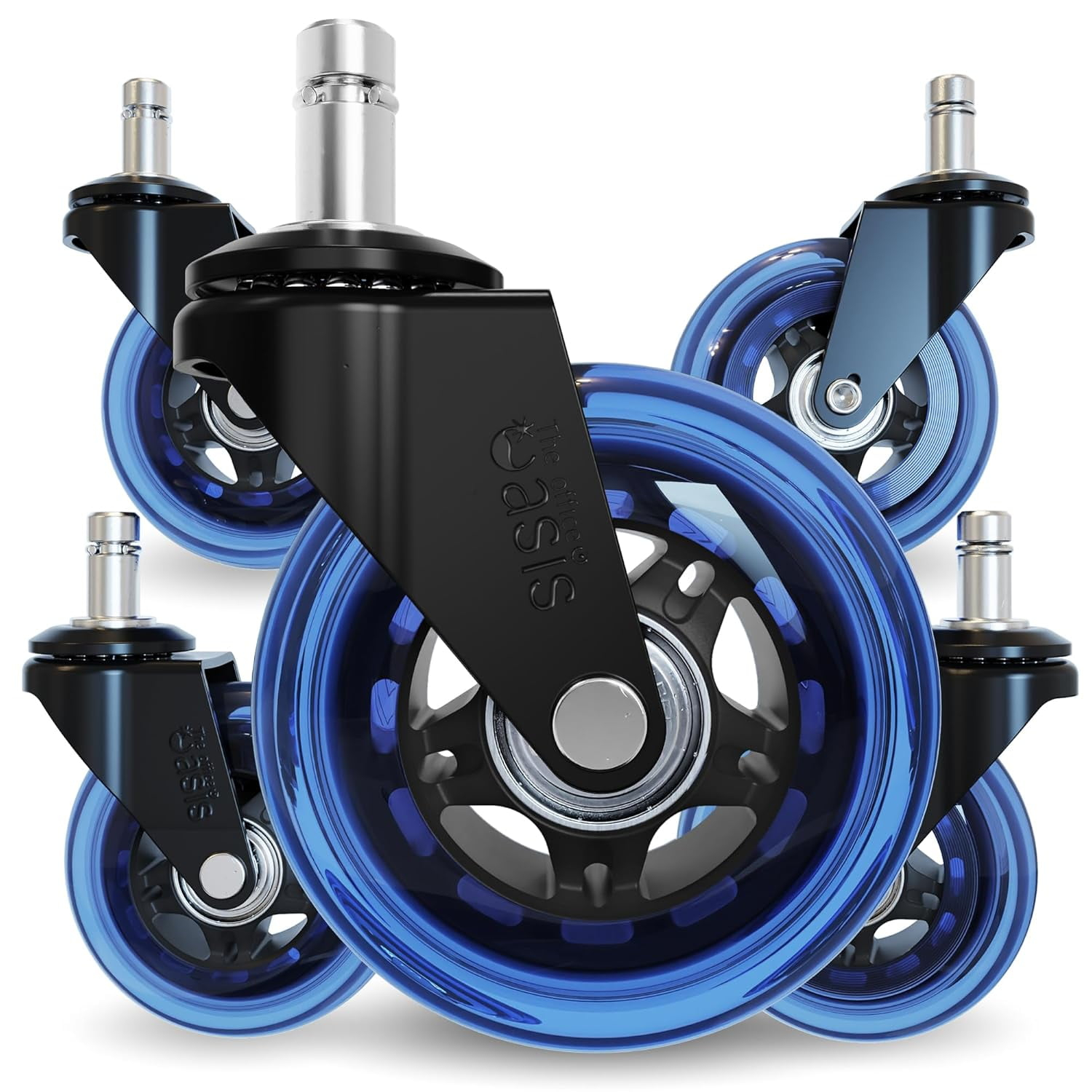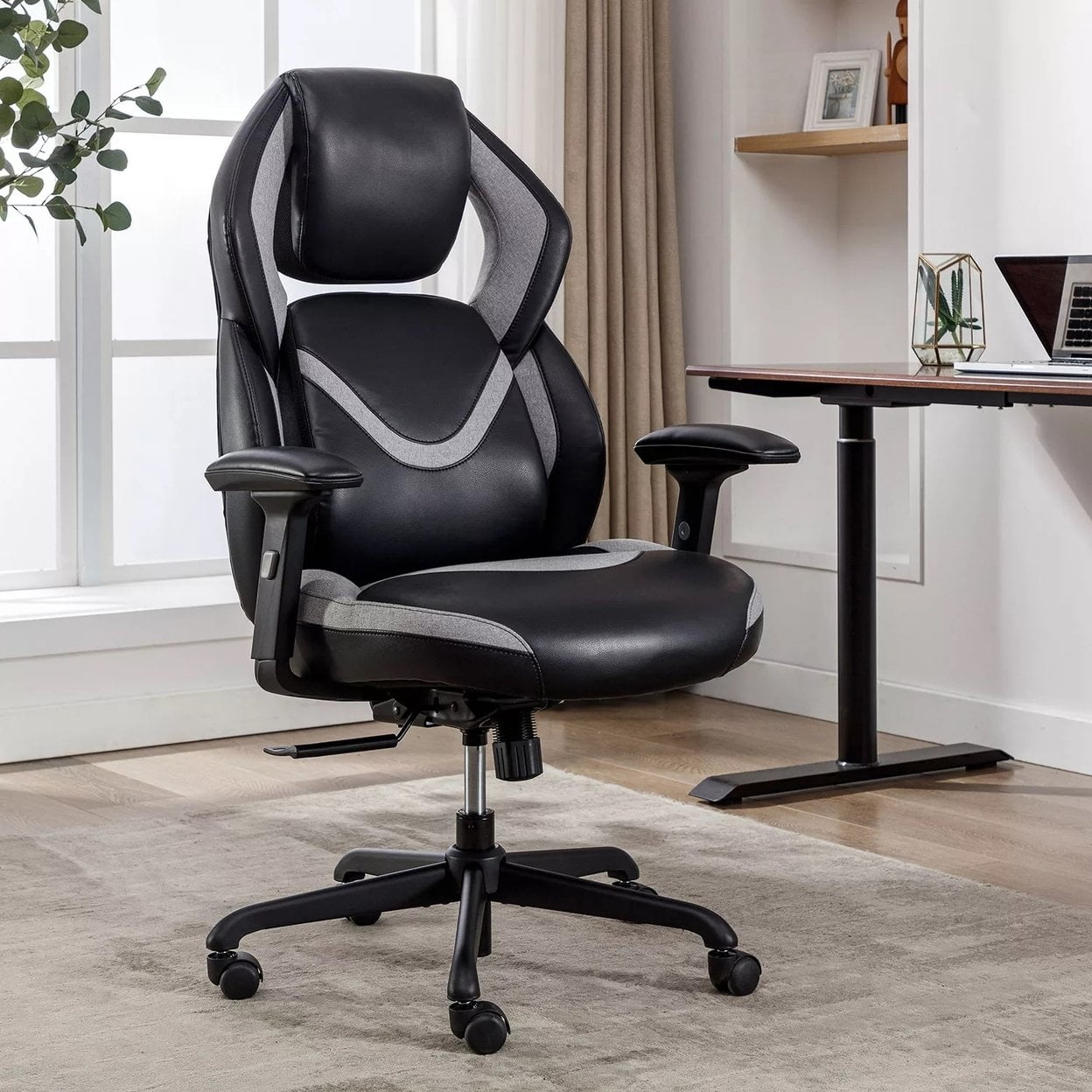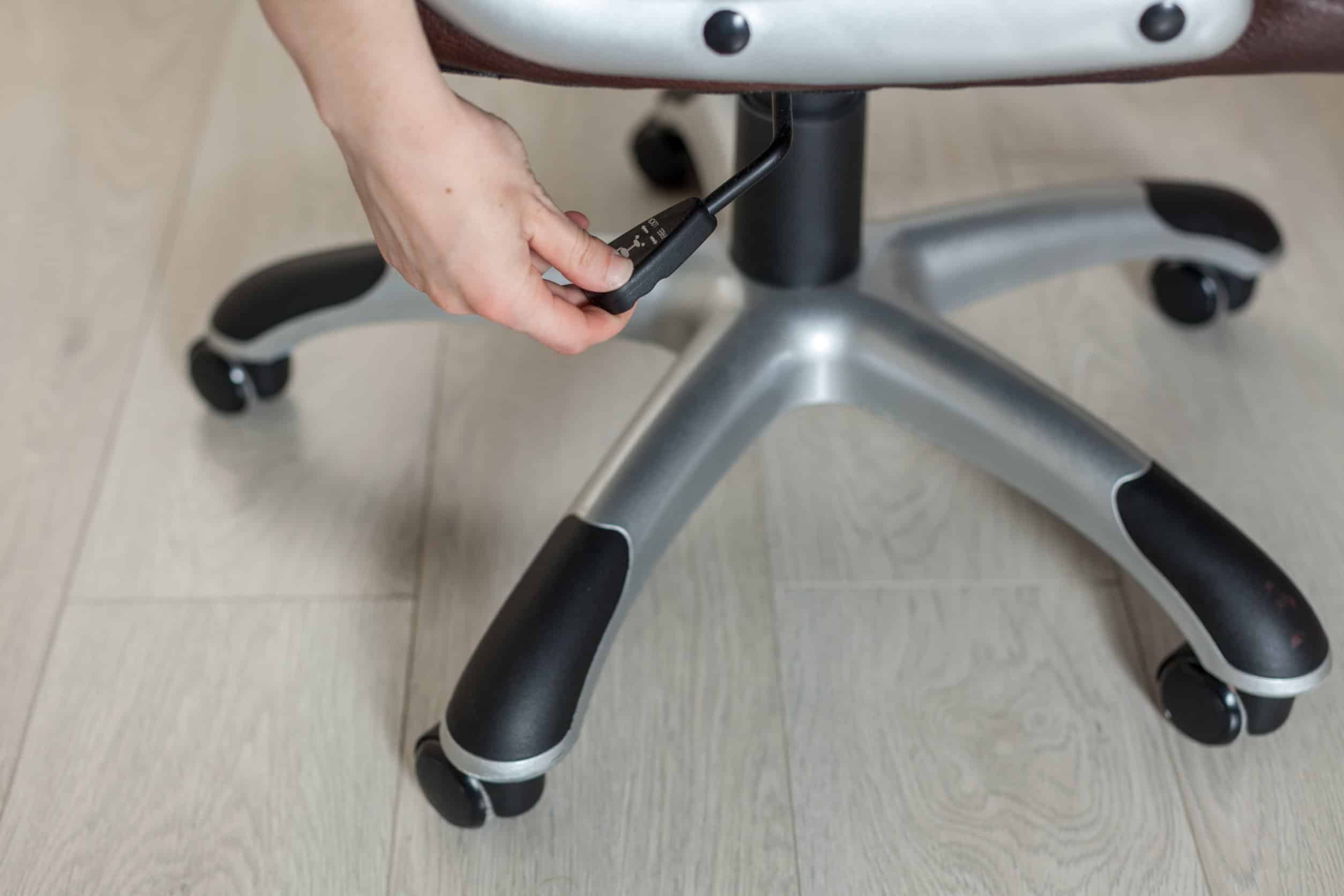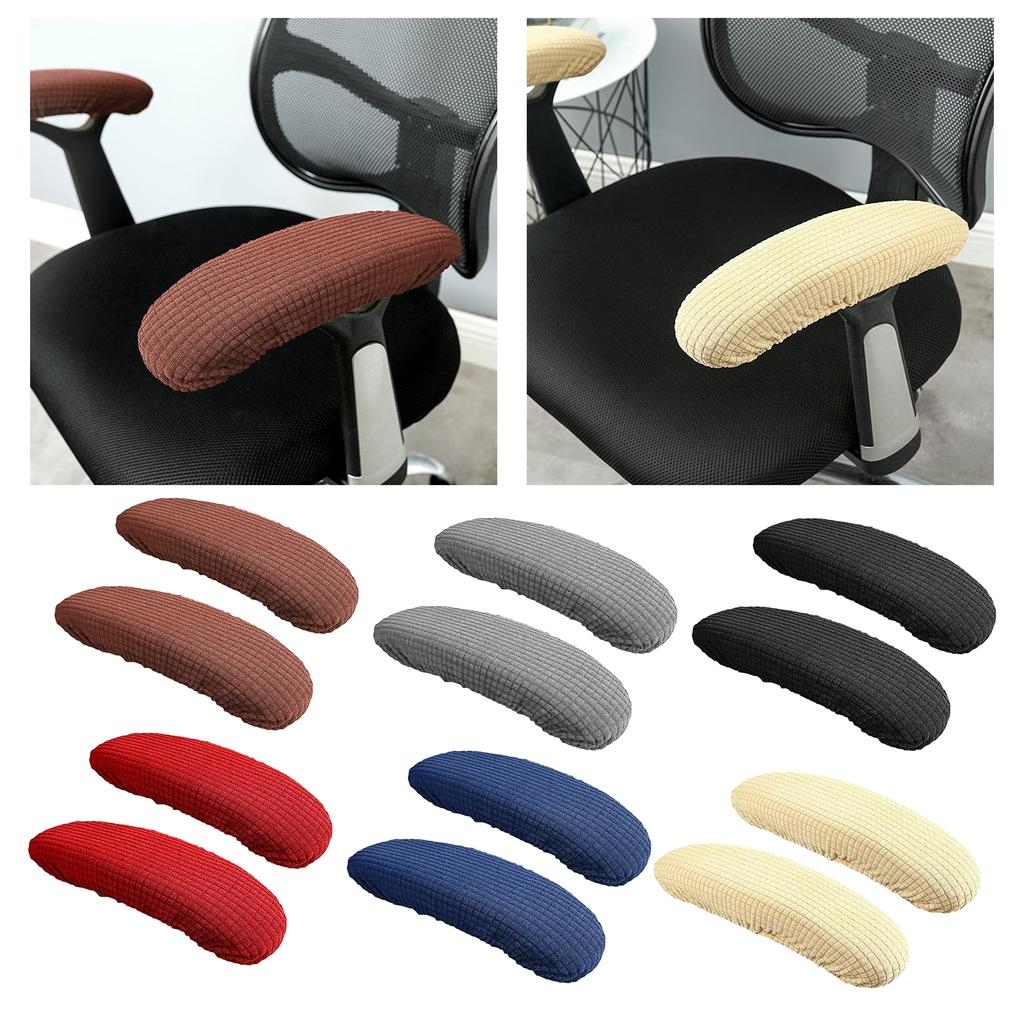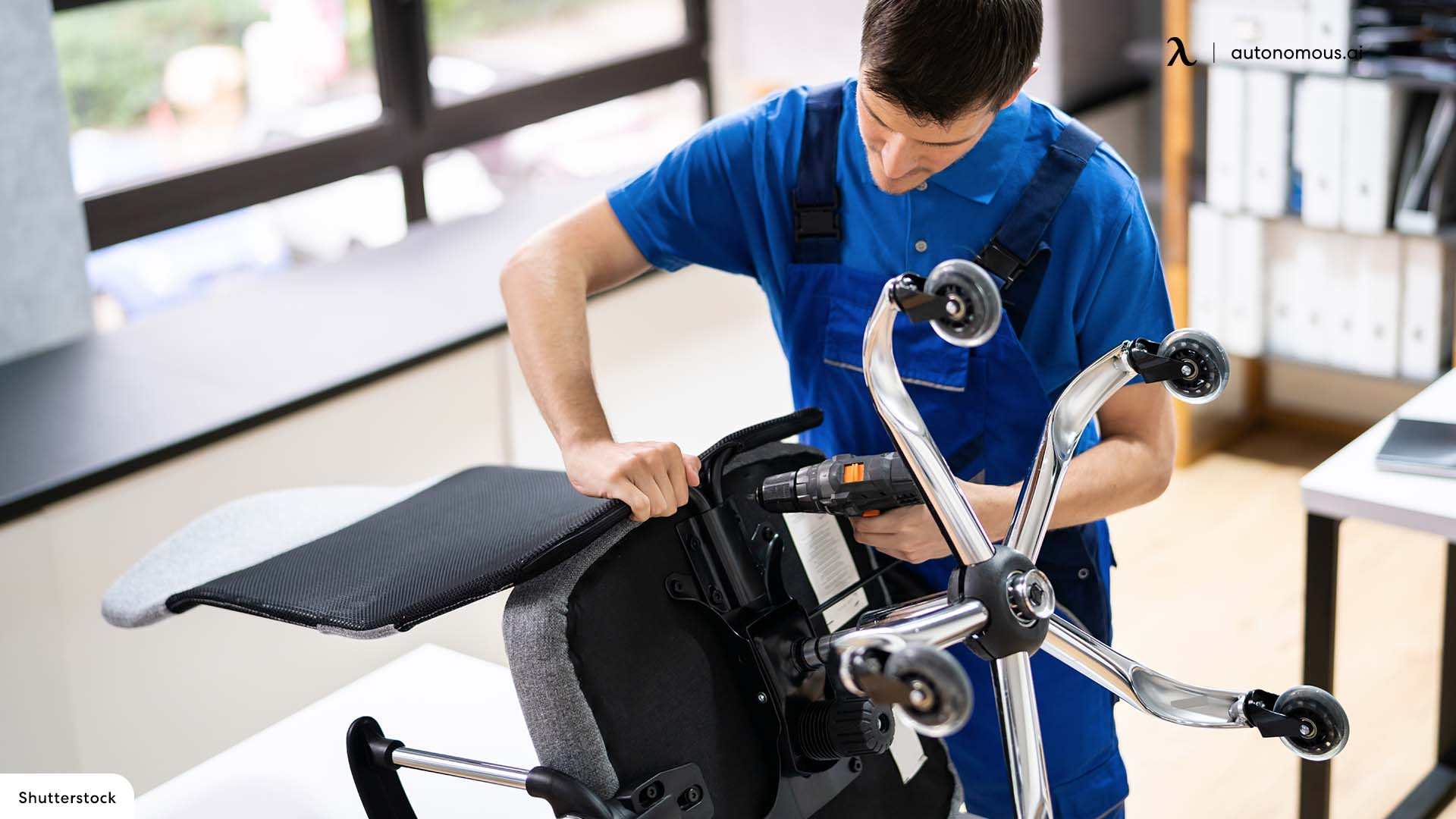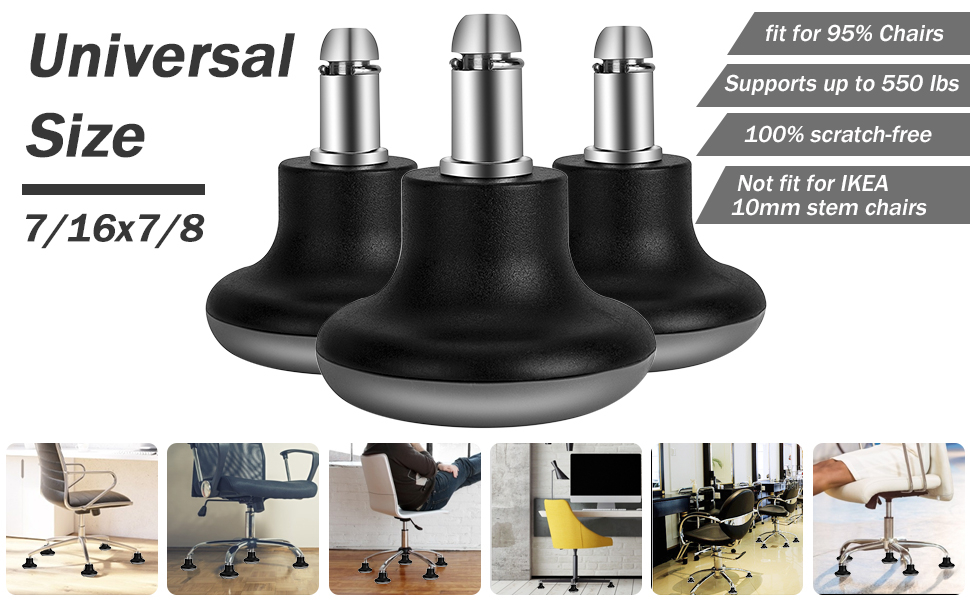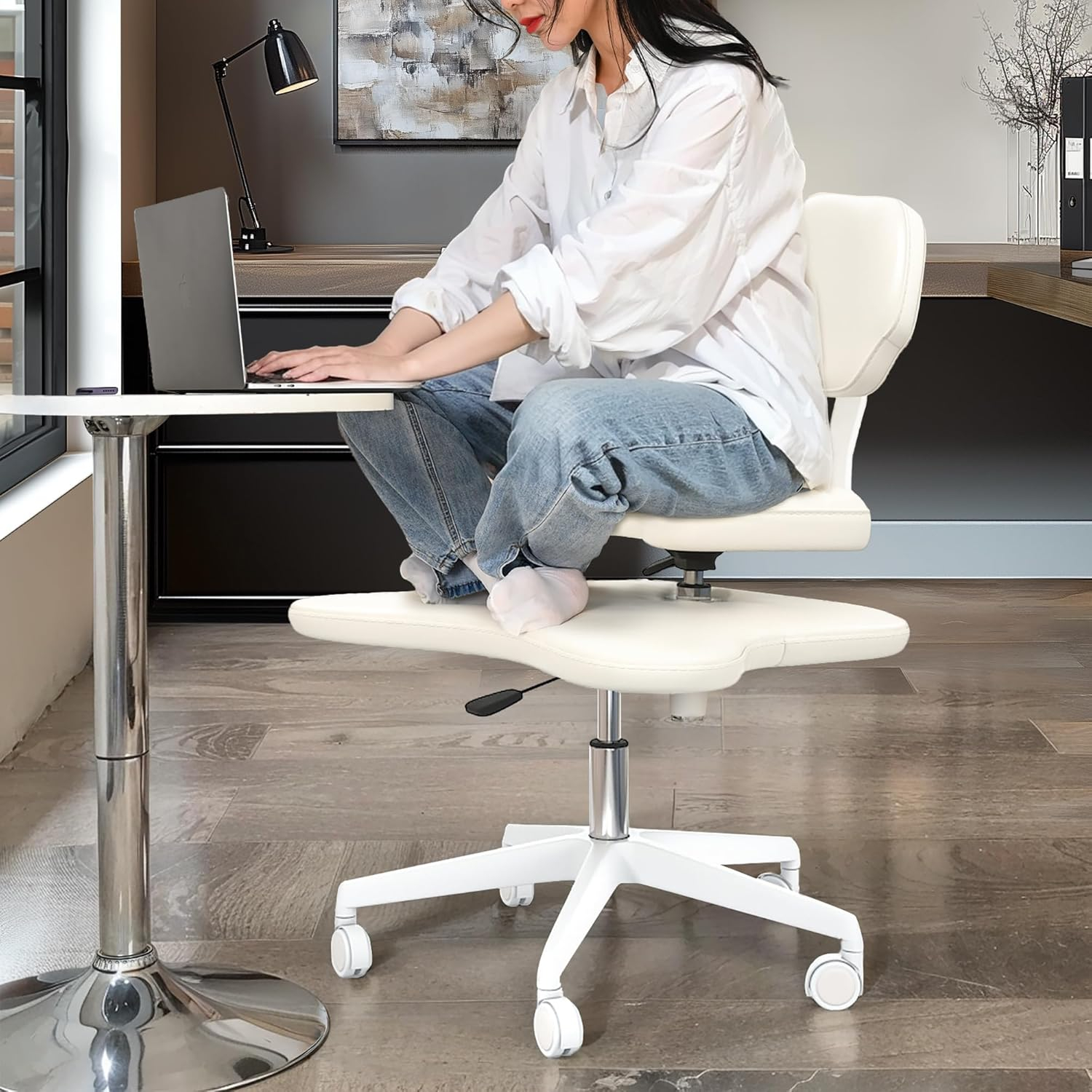So, you’re looking to clear out some office chairs. Maybe you’re redecorating, downsizing, or simply upgrading to something new and improved. Whatever the reason, dealing with a surplus of office chairs can feel like a chore. But it doesn’t have to be. With the right approach, you can turn a potential headache into a smooth, cost-effective process. Let’s dive into what every business owner should really understand about office chair liquidation.
Businesses go through furniture changes for all sorts of reasons. Growth spurts might mean more seating, while a shift to remote work could leave you with a surplus. Or perhaps, the chairs just aren’t cutting it anymore – think worn-out upholstery, broken mechanisms, or just plain outdated styles. Simply tossing them isn’t ideal, right? It costs money, it’s bad for the environment, and you’re missing out on potential value. That’s where liquidation comes in. It’s the process of selling off your unwanted assets, and for office chairs, it’s about getting them out of your space efficiently and, ideally, for some return.
Understanding Your Options: Beyond the Dumpster
When it comes to getting rid of office chairs, you’ve got more choices than you might think. The dumpster should really be your last resort. Think about it: throwing away perfectly usable furniture is like throwing away money. So, what are the better alternatives?
- Donation: Many charities and non-profits are always in need of office furniture. It’s a fantastic way to give back to the community and potentially get a tax deduction. Organizations like Goodwill or local shelters are often good places to start.
- Resale: Selling your chairs can recoup some of your initial investment. This could be through online marketplaces, consignment shops, or specialized used office furniture dealers. The condition and brand of your chairs will heavily influence how much you can get.
- Recycling: For chairs that are truly beyond repair or resale, look for furniture recycling programs. These services break down the materials and repurpose them, reducing landfill waste. Some municipalities offer these services, or you might find private companies that specialize in this.
The Value Proposition: What Determines Your Chairs’ Worth?
Not all office chairs are created equal, and neither is their resale value. Several factors come into play when you’re trying to liquidate. First off, brand name matters. Chairs from reputable manufacturers like Herman Miller, Steelcase, or Haworth tend to hold their value much better than generic or no-name brands. Then there’s condition. Are the chairs still in good working order? Is the upholstery clean and free of rips or stains? Are all the adjustment mechanisms functional? Chairs in excellent condition will always fetch a higher price. Age and style also play a role. While a classic design might endure, very dated styles might be harder to move. And don’t forget about quantity. If you have a large number of matching chairs, it might make them more attractive to a bulk buyer.
Selling Strategies: Reaching the Right Buyers
How you choose to sell your chairs can make a big difference in how quickly and for how much they move. Think about who would want to buy used office chairs. Businesses looking to furnish a new office on a budget, startups, or even home office users are prime targets.
- Online Marketplaces: Platforms like eBay, Craigslist, Facebook Marketplace, and even specialized B2B sites can expose your chairs to a wide audience. Be prepared to take good photos and write detailed descriptions.
- Used Office Furniture Dealers: These businesses specialize in buying and selling pre-owned office furniture. They often buy in bulk and can offer a quick sale, though they’ll be looking for a good margin, so expect a lower price than selling directly.
- Auctions: If you have a significant number of chairs, especially higher-end models, an auction might be a good option. This can create a competitive environment and potentially drive up prices.
- Consignment: Some stores will sell your chairs for you and take a percentage of the sale. This requires less effort on your part but can take longer to see a return.
The Logistics of Liquidation: Moving and Transport
Once you’ve found a buyer, you’ve got to get the chairs out of your office. This is where many business owners underestimate the effort involved. Who is responsible for moving them? Are you providing the transport, or is the buyer picking them up? If you’re handling the transport, do you have the means to move them safely and efficiently? Consider renting a truck or hiring movers if necessary. If the buyer is picking them up, make sure they have a clear understanding of the pickup location and any time constraints. It’s also wise to have a designated person on-site to oversee the pickup and ensure everything goes smoothly. Don’t forget about protecting your existing office space during the removal process.
When to Call in the Professionals
Sometimes, the sheer volume of chairs or the lack of internal resources means you need a helping hand. Professional liquidation services can be a lifesaver. These companies specialize in handling surplus office furniture. They can assess your inventory, market it to their network of buyers, manage the logistics, and often provide a streamlined solution. While they will take a cut of the proceeds, their expertise and reach can often result in a faster sale and potentially a better overall outcome than trying to manage it all yourself, especially if your time is valuable.
Maximizing Your Return and Minimizing Hassle
To really get the most out of your office chair liquidation, a little preparation goes a long way.
- Clean and Repair: Before you even think about selling, give the chairs a good cleaning. Fix any minor issues like wobbly legs or sticky levers. A little effort can significantly boost their appeal and value.
- Stage for Photos: When taking pictures for online listings, make sure the chairs are in a well-lit area and look their best. Remove any clutter from the background.
- Be Realistic with Pricing: Do some research to see what similar chairs are selling for. Overpricing can lead to chairs sitting around for months, while underpricing means leaving money on the table.
- Bundle Deals: If you have different types of chairs, consider offering bundle deals. For example, a package of executive chairs and task chairs might be more appealing to a buyer looking to furnish an entire office.
- Consider the Timeline: How quickly do you need the chairs gone? This will influence your pricing and selling strategy. If you need them out ASAP, you might have to accept a lower price.
Liquidation of office chairs doesn’t have to be a burden. By understanding your options, knowing what makes your chairs valuable, and employing smart selling strategies, you can efficiently clear out your space while potentially recovering some costs. Whether you choose to donate, sell directly, or enlist professional help, a well-planned approach ensures a smoother transition and a more positive outcome for your business. So, next time you’re facing a surplus of seating, remember these tips and turn that potential problem into a simple, effective solution.

